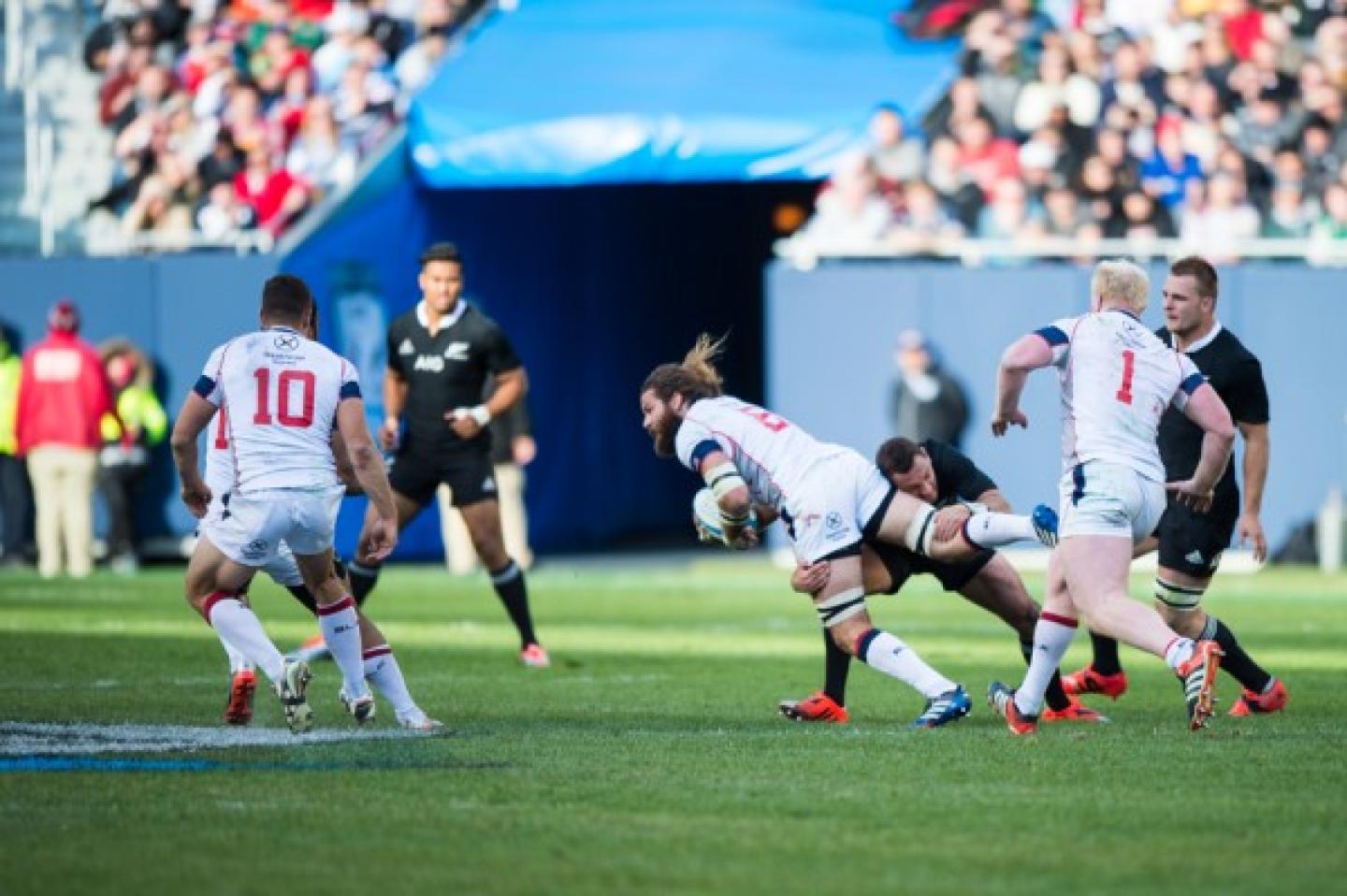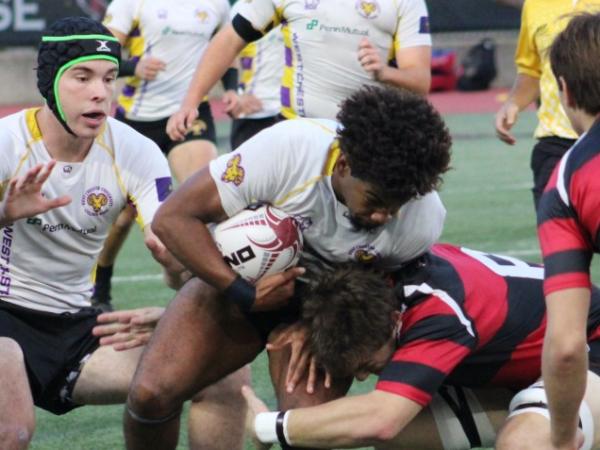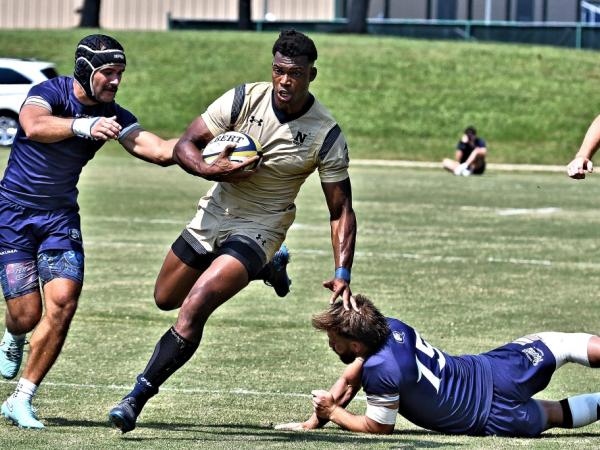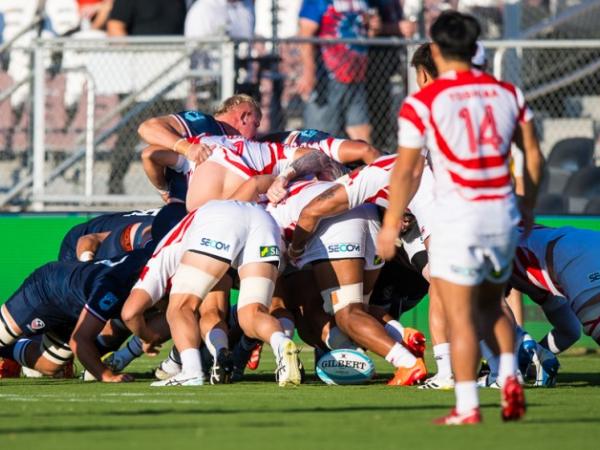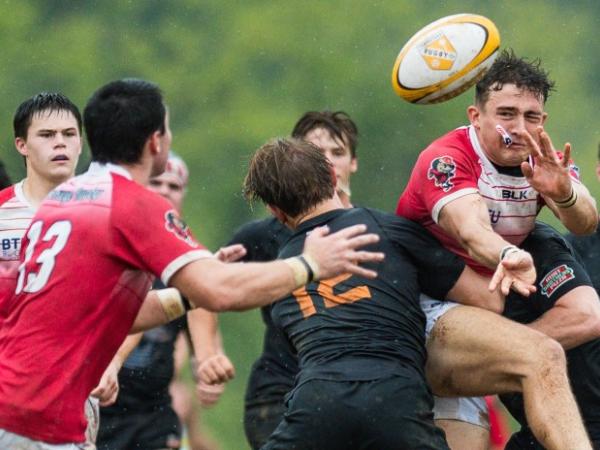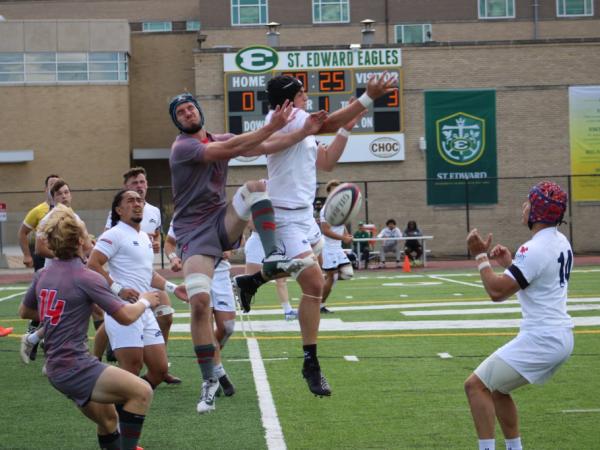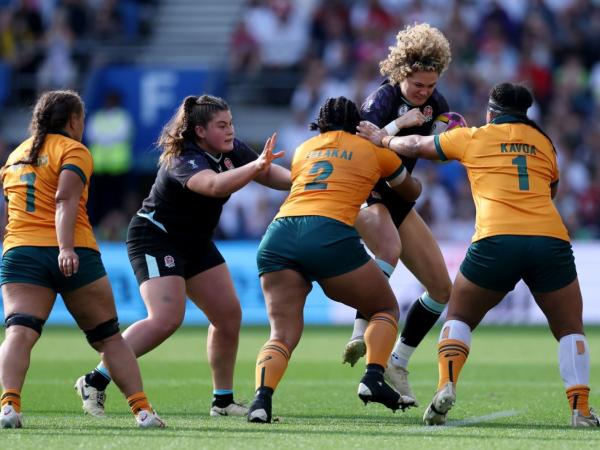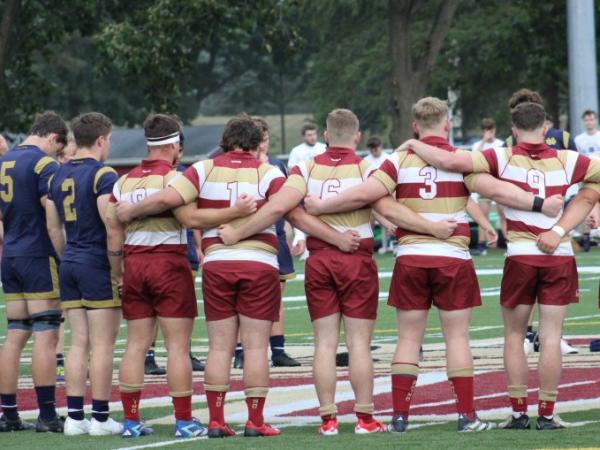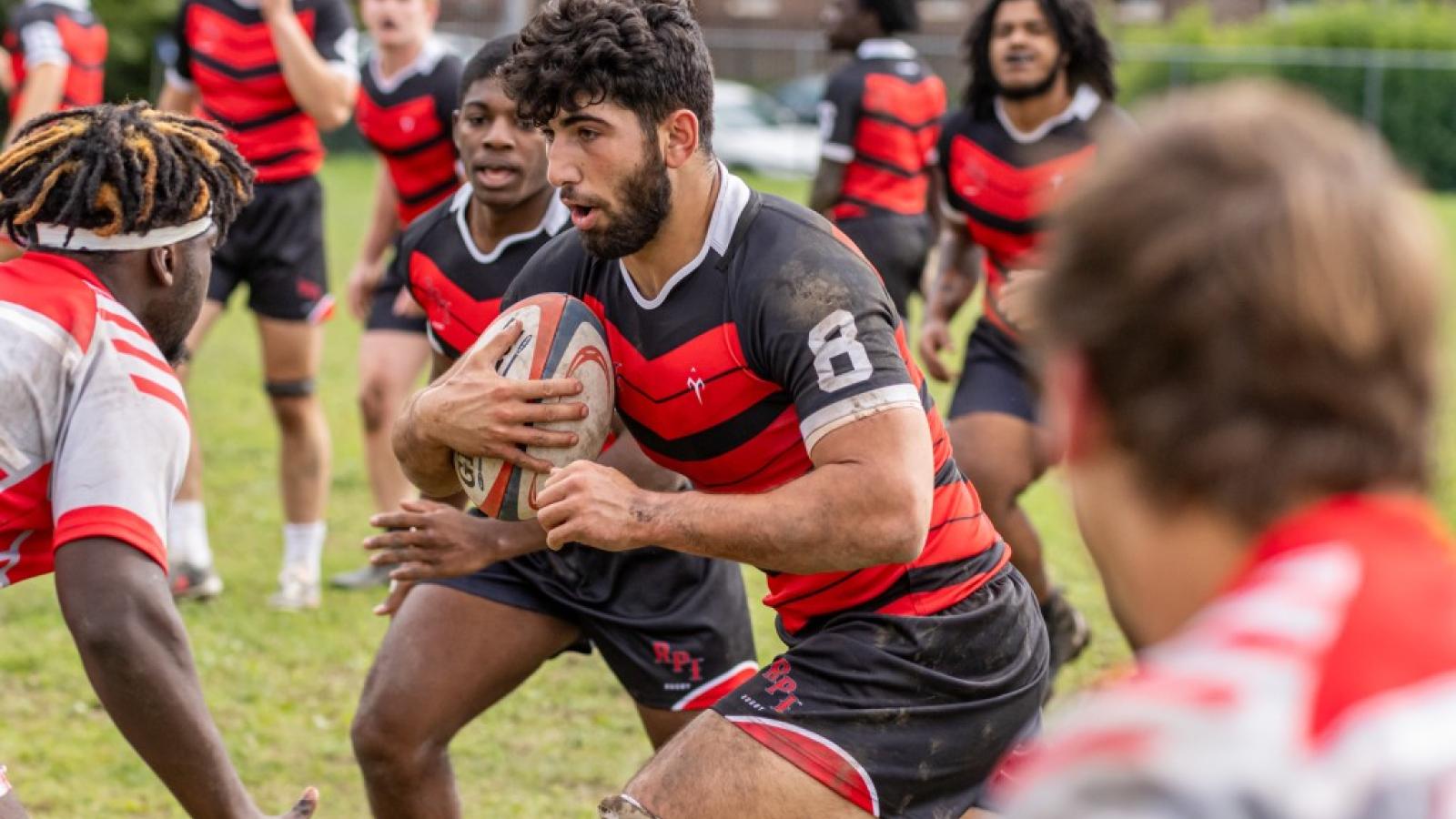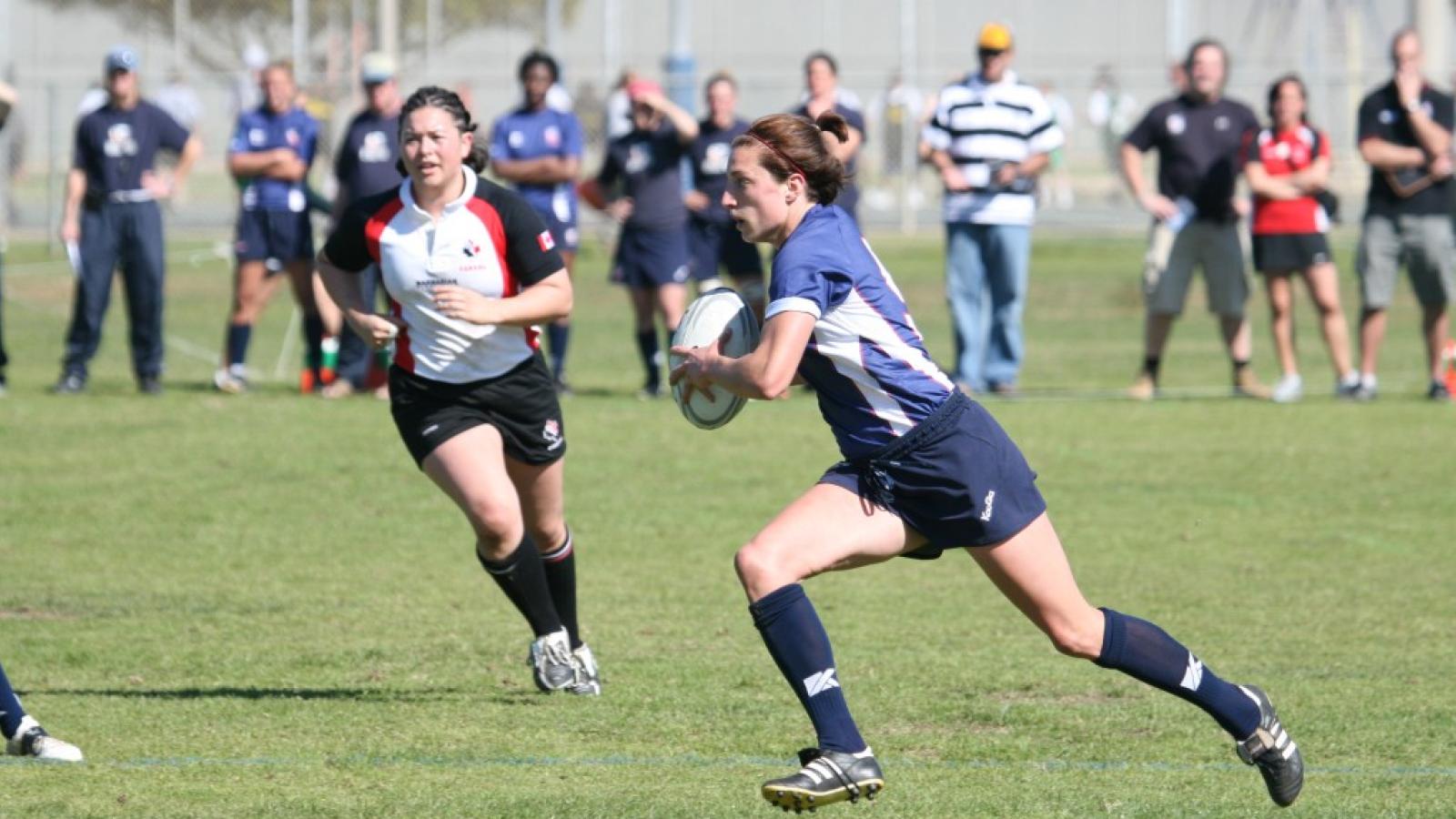The USA Men’s National 15s team will start play in the Pacific Nations Cup in a very busy 2015 season that will see them play, at minimum, ten full internationals, and 11 games in total.
And Head Coach has 50 players on his initial list of squad members for the year. We are here to answer the general question - who are these guys?
This is an exercise in acquiring knowledge. Observers are quick to bandy about assertions that the USA gets its players from the college ranks, or from overseas, or somewhere else. We are interested in the facts. Here they are.
Early Rugby Life
Of the 50 players Tolkin named, 23 played rugby in US colleges. In addition, 25 were named to Collegiate All American teams.
(Why don’t those numbers match up? It’s because Zack Test and Scott LaValla went to university overseas, but were, after some serious lobbying from the press - this writer specifically - were named to an All American touring side. In addition, Hayden Smith attended Metro State, but played rugby for the Denver Barbarians - he made the All Americans because he was a college student. Mate Moeakiola is the only player on the list who played rugby in college but was not an All American.)
Fourteen different colleges are represented on the squad Cal leads with 5 and Utah is next with 4.
As for high school - 27 of the players played rugby in a US high school team. Of those, 20 played for a USA U19, U20, or HS All American team, or were in a major selection camp. Why the disparity? Some of these players were late bloomers - they either weren’t taking rugby especially serious in high school, or didn’t hit a growth spurt until later. A few others just weren’t available for the national age-grade teams (especially if their HS team or college team was in the middle of playoffs at the time).
Twenty-three different HS teams are represented on the squad, with Jesuit, Chuckanut, SFGG, and Xavier providing multiples.
It’s interesting to note that eight players played HS rugby but didn’t play US college rugby. Some attended college but played in club or other high level rugby. Three - Inaki Basauri, Test, LaValla - attended school overseas. Samua Manoa played football in college and then went on to club rugby and the pros. Titi Lamositele went straight to pro rugby. Of the seven, six are currently paid to play rugby, with Moto Filikitonga probably next in line.
Overseas Life
Of the 50, 39 have played rugby overseas for a club or college at some point. Seventeen learned their rugby overseas. They might have had their skills and ability developed in the USA, but they got their grounding in the game overseas. Nine of the players qualify for the USA by virtue of having lived in the country for three years. The rest qualify through being born in the USA, or having one or both parents be US citizens.
Starting Late
In a major shift from the early days, only four got their first taste of rugby in a US men’s club. Twenty-one play rugby as his day job.
Eight players played a sport other than rugby in college - four football, two basketball, one water polo, and one track.
Conclusions
So what does this tell us? It tells us that high school rugby’s influence on creating Eagles is growing - in 2003 30% of the Rugby World Cup squad had played high school rugby. In 2015 54% of this expanded squad can say that. The numbers are similar for the age-grade national teams.
The Collegiate All Americans stand pat - in both 2003 and 2015, 50% of the squad were CAA players. But the number of players who played a sport other than rugby in college has dropped significantly, from 33% in 2003 to 16% in 2015.
The percentage of players who learned rugby overseas initially is about the same - 34% in 2015, 33% in 2003. The percentage who got their first taste of rugby in a US club has dropped from 13% to 8%.
In 2003 27% of the team was paid to play rugby, although several more would do so after the World Cup. In 2015, it’s 42%.
Also, we can use a very general definition of an overseas player - being one who got started overseas, and might qualify for the USA by birthplace, a parent, or residency, but culturally grew up outside the US. In 2003, 53% of the team fit that definition. In 2015, it’s 42%.
So the current USA player is more home-grown, more likely to have picked up rugby at an early age, and made it his chief sport by the time he graduates high school. Compared to 2003, the 2015 USA player is 80% more likely to have worn an Eagle on his chest as a high-schooler or a freshman in college.
Notes: The USA is scheduled to play 11 games this year. Here’s the list.
July 18 Samoa at USA (San Jose, Calif.)
July 24 Japan at USA (Sacramento, Calif.)
July 29 USA v Tonga (Toronto, Ont.)
August 3 PNC Finals (Toronto, Ont.)
August 22 USA at Canada (Ottawa, Ont.)
August 29 Harlequins at USA (Chester, Pa.)
September 5 Australia at USA (Chicago, Ill.)
September 20 USA v Samoa (Brighton, UK, RWC)
September 27 USA v Scotland (Leeds, UK, RWC)
October 7 USA v South Africa (London, UK, RWC)
October 11 USA v Japan (Gloucester, UK, RWC)






